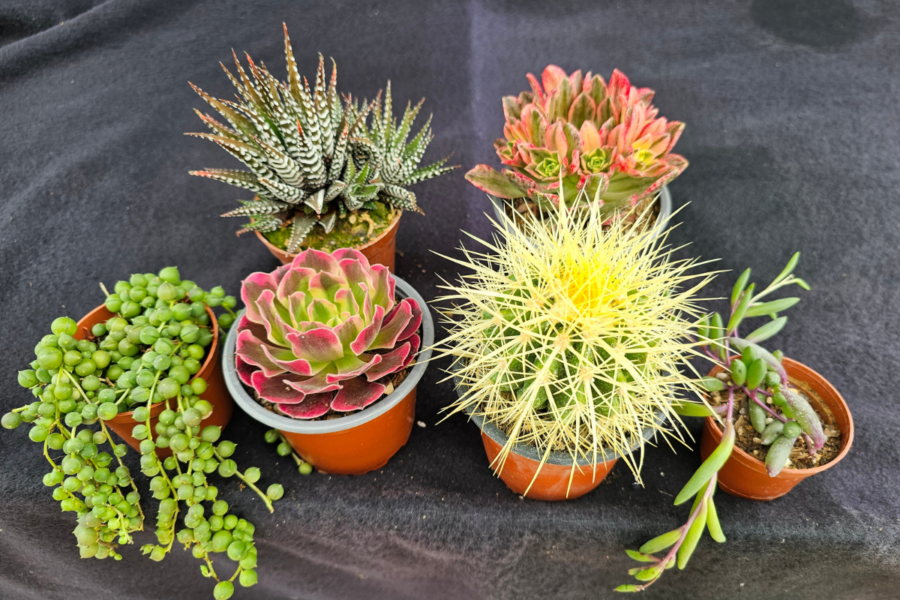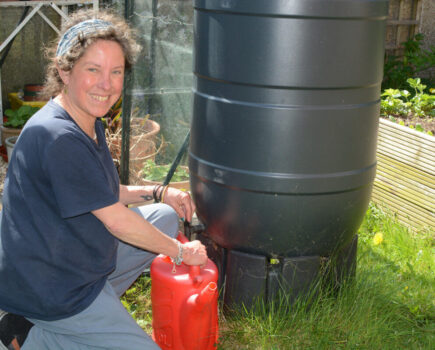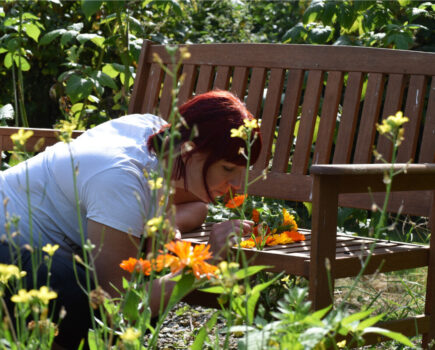Michael outlines his prickly pick of the plucky, simple-to-grow best
When I was a teenager, I collected cacti and succulents. Oh it was such a joy, I used to love growing cacti (in particular from seed), watching them reach puberty just as awkwardly as I did.
Thankfully, a hobby collecting cacti and succulents is ideal for younger green fingers, as they are the most undemanding of plants. The fleshy bodies store plenty of water, so will live on happily should your youngster abandon their new hobby after a few months. Or, perhaps that’s when it becomes your hobby!
I have worked with Ottershaw Cacti this month to bring you some of our collective favourites, and these cacti and succulents represent some wise choices for beginners to the hobby.
Haworthiopsis attenuata ‘Big Band’
This is another favourite from my childhood, and so easy to propagate from offsets. A plant that is native to South Africa, and would usually grow at the base of cliffs or trees and, unbelievably, in the shade. Its unfussy characteristics make it a great houseplant.
‘Big Band’ is grown for its striking markings. It offsets freely and before you know it you will have a bowl of multiple heads that you can choose to split and make new plants, sell at the car boot sale or share with friends. Alternatively, keep it as a single plant and pot into a bigger bowl for a super impressive clump.

Echinocactus grusonii: Mother-In-Law’s Cushion or ‘Golden Barrel’
The plant in the photo at Ottershaw comes from one single seed, and is said to be at least 30 years old. Plants need to be about 40cm (15in) in diameter before they will flower. Water plants only when dry, protect from the frost and give them as much UV light as possible.
These plucky customers will thrive for years with the right treatment, and if you’re lucky a lower ring of small, yellow, star-shaped flowers will appear as if by magic. Usually this plant is a single-headed type, although you can get multi-headed varieties too.
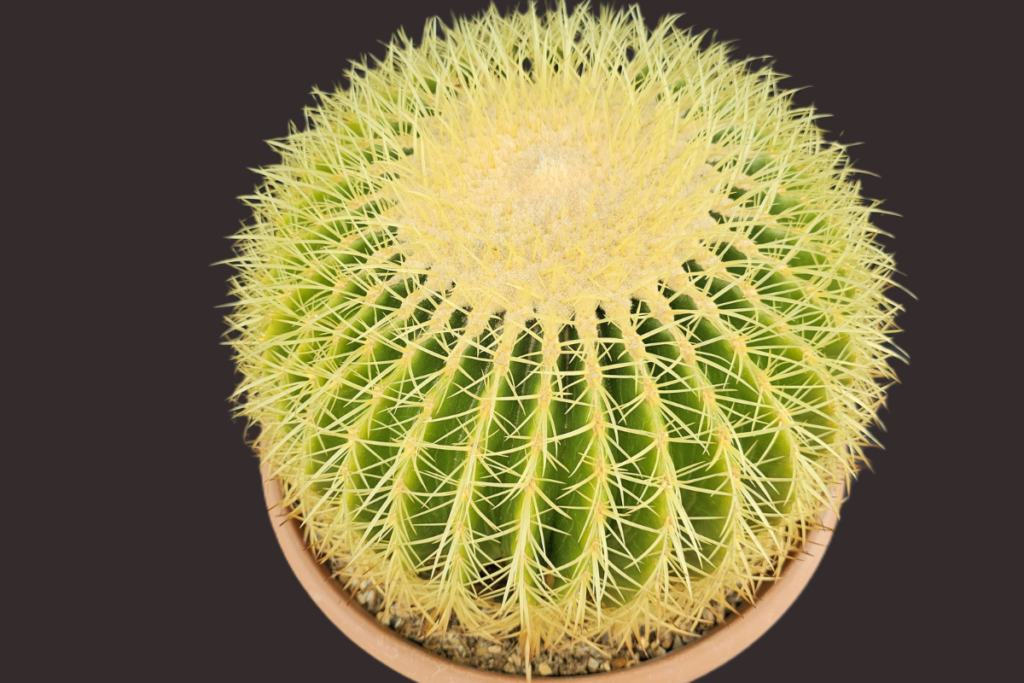

Curio rowleyanus: String of pearls
I had loads of this one when I was a child. Although we are most familiar with it as a hanging plant, it naturally wants to crawl along the ground, where it provides effective ground cover in its native South Africa. This makes a great plant to propagate, since it is always looking for gritty compost to root itself into.
If your hanging plant gets a little bare towards the roots, you can simply wrap a strand around the top and watch it root into the compost and fill in any gaps. Unlike some succulents, this plant will prefer a naturally shadier location.
It makes a great houseplant, and doesn’t need to be on the sunniest windowsill. Although it gets a little hungry and thirsty, it does appreciate drying out between waterings.
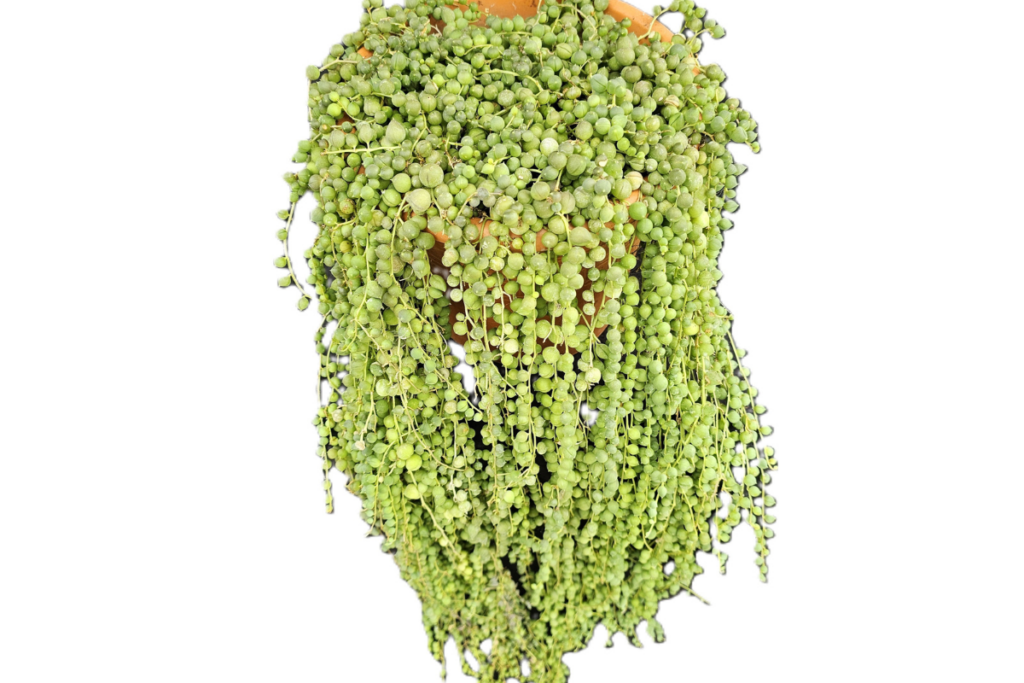
Aeonium ‘Medusa’
This is a stunning new Aeonium cultivar and is part of a wave of aeoniums that are believed to have been engineered to obtain these colourful mutations. Aeonium ‘Medusa’ has proved to be a winning variety, with little to no reversion to the original type, and strong colourful growth.
They love a sunny spot, but if growing outside in the summer watch out for super sunny days when the leaves might scorch. Aeoniums are one of the few succulent plants that do need a little water in the winter to see them through. They often flower early in the year and are keen to grow throughout the winter albeit slowly.
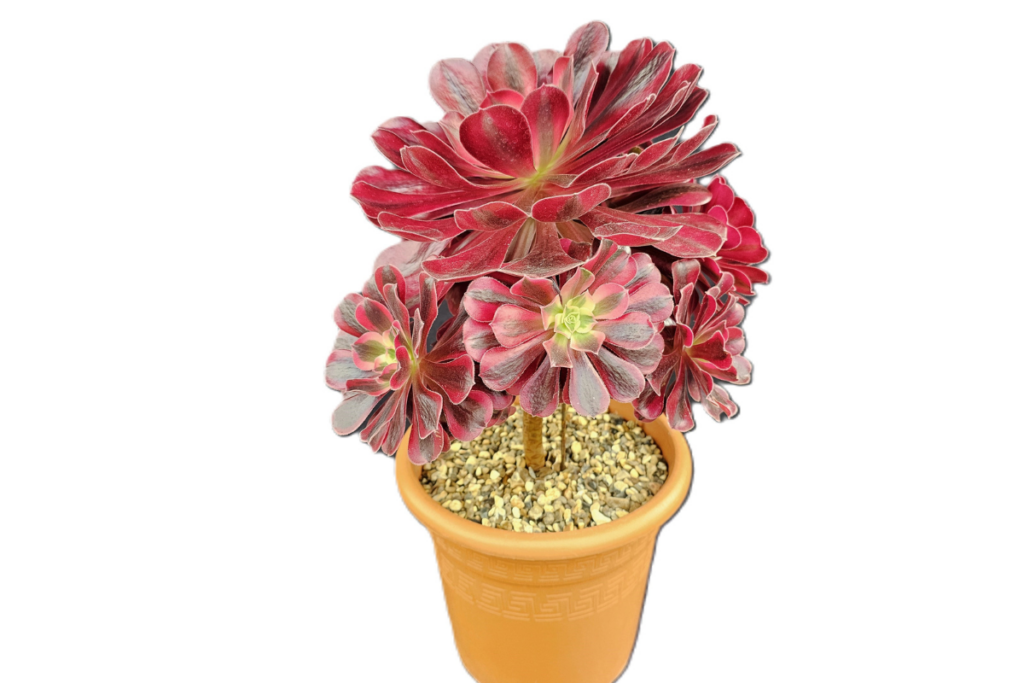

Aloe polyphylla: The Spiral Aloe
This beautiful, intriguing succulent is always a favourite on the internet thanks to its super unique appearance. It is prized for its symmetrical spiral pattern, which becomes more obvious as the plant matures.
Native to South Africa, unlike most other self-sufficient succulents this Aloe actually loves water and is one of the thirstiest succulents around. The seeds actually germinate in water and then want to be kept moist most of the time. Our picture shows a 20-year-old mature specimen.
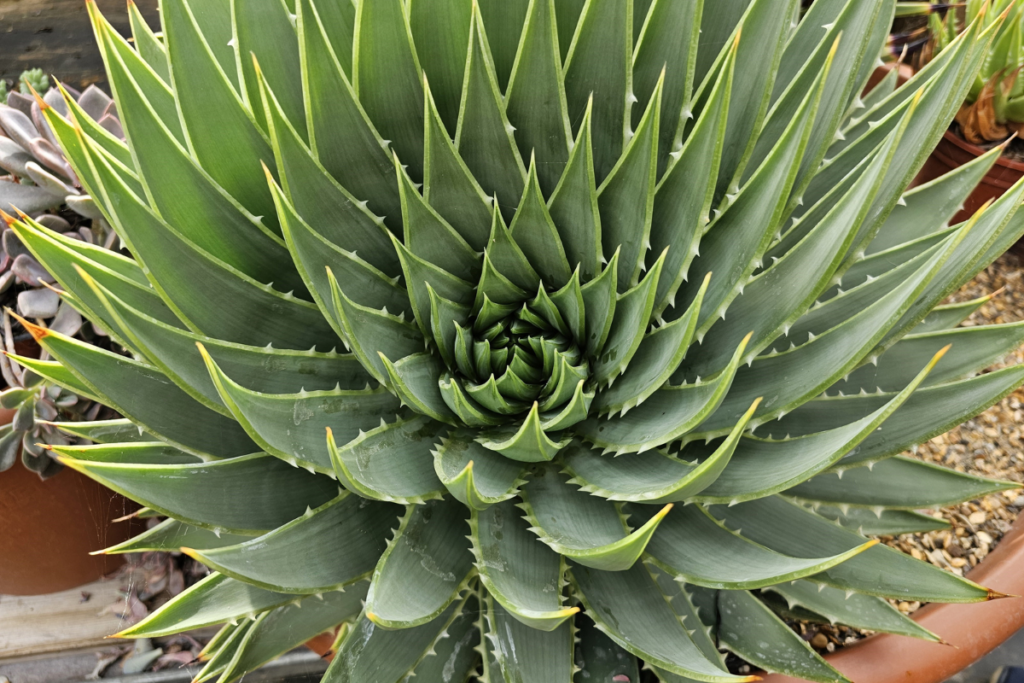

For more information on the plants featured see ottershawcacti.com. Quote PLANTGEEK and be treated to a 15% discount on orders over £20 until end of September.
Find more tips, advice and articles like this at the Amateur Gardening website. Subscribe to Amateur Gardening magazine now

